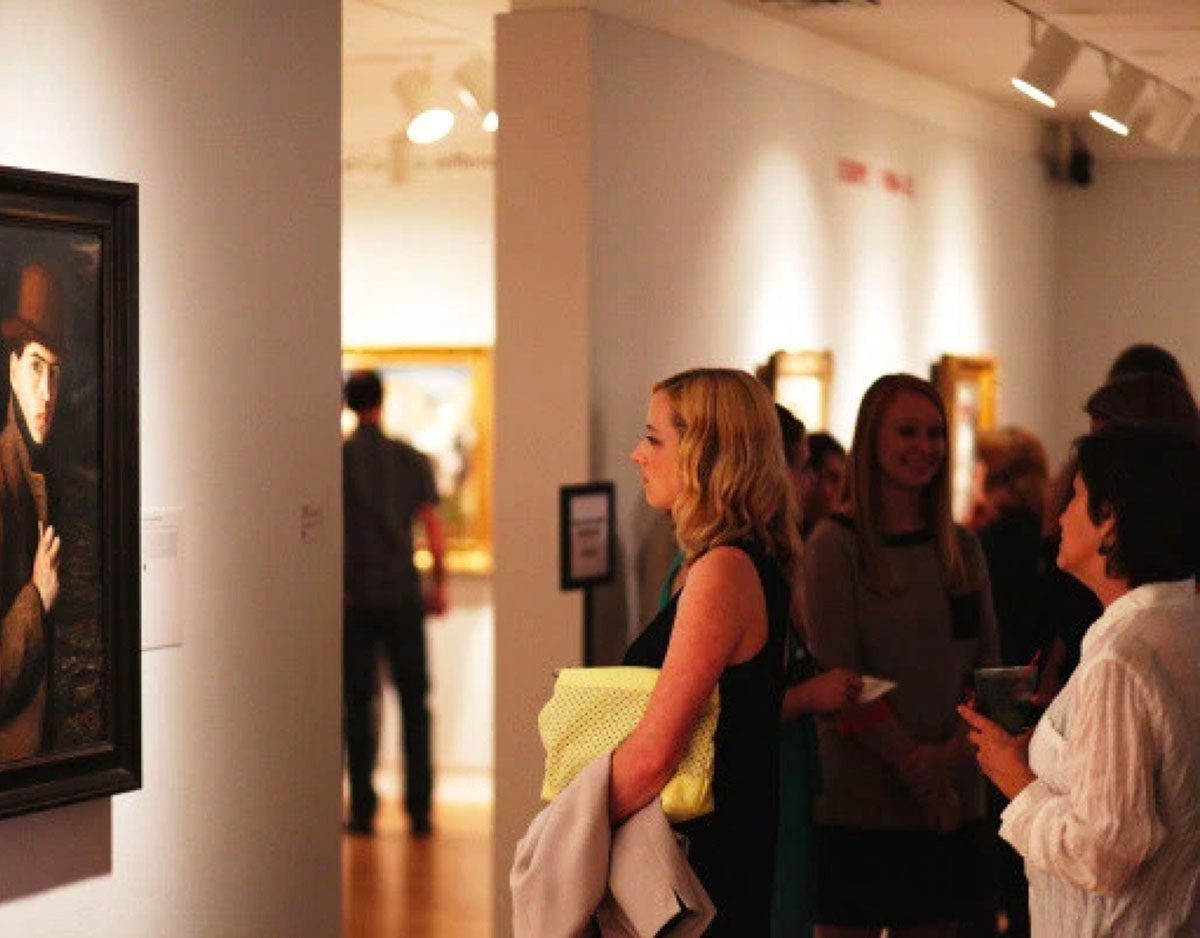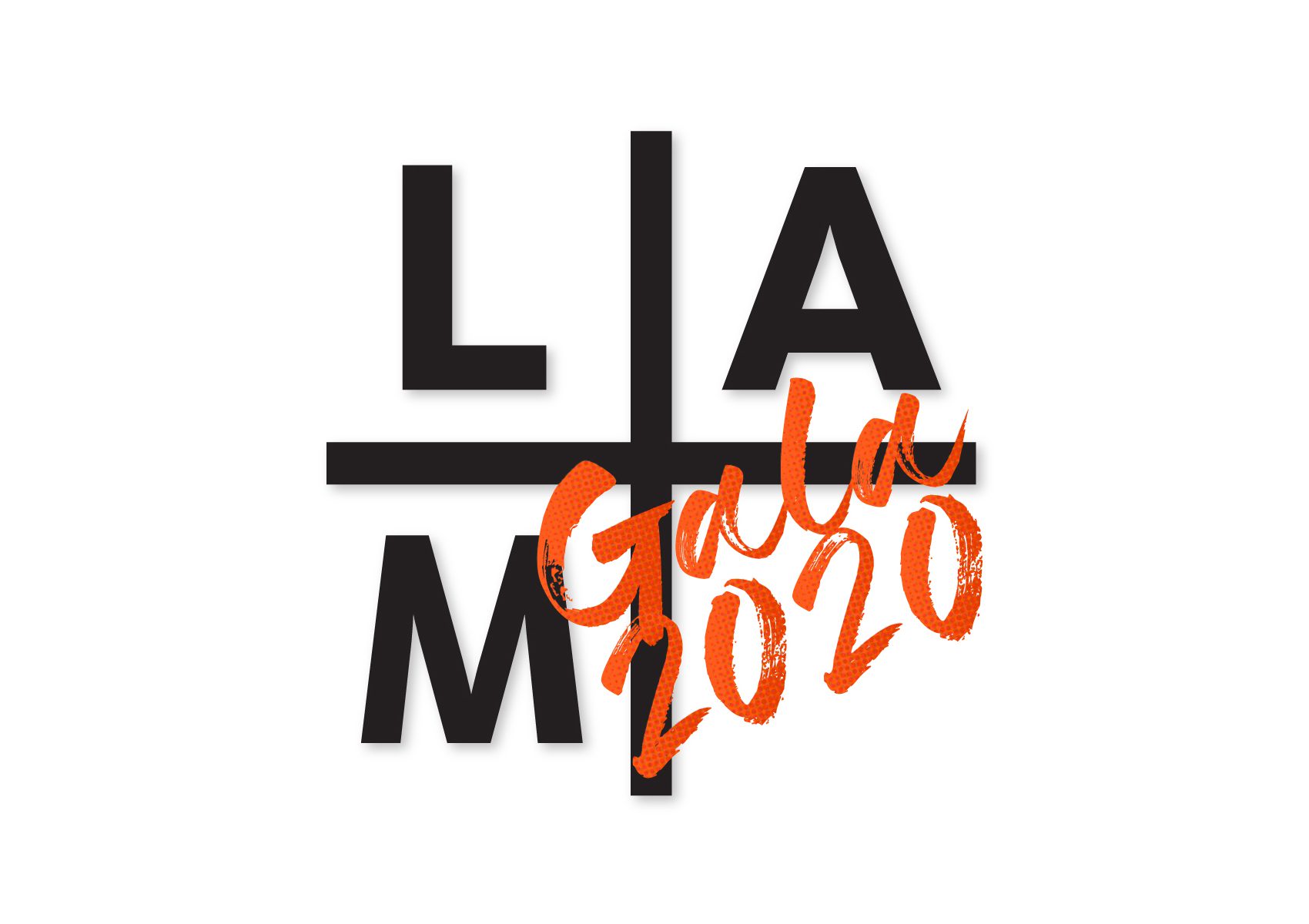Exhibit Overview
The museum hosted a special exhibition of John Mason’s monumental Blue Wall, on loan from the artist. For Mason, Blue Wall was the culmination of a period of large-scale sculptural work beginning in 1957. It is now regarded as a landmark in the history of ceramic art and a masterpiece of Abstract Expressionism.
To create the work, Mason laboriously laid out the clay in one night so that it would dry evenly, shaping and molding it directly on the floor. The result was a composition of more than a hundred pieces, which the artist then fired and fitted to the wall.
There is great gestural force to Blue Wall—the clay is sculpted, pushed, built-up, and cut into. The negative spaces break up the composition, creating a rhythmic ripple throughout. Mason started working at his large-scale works on a custom-built easel, but changed to a different method for Blue Wall: “It wasn’t until I started to work on the floor that I began to just cut and slam clay down on the floor and then take pieces or parts of slabs and add them to make a more linear organic form . . . . I used the only big empty space in the studio. Otherwise, it would have been bigger.”
In its scale and technique, Blue Wall shows Mason pushing the medium of clay in directions never explored before: “There were no prescriptions for any of this that I knew about. It was, do it and see if it works. And if it doesn’t work, change it and make it work. But the whole question was unresolved; it was the challenge.”
Fifty-four years after the creation of Blue Wall, the exhibition at Laguna Art Museum was only its fifth public showing. It was first shown at the Ferus Gallery in Los Angeles in 1959. It was also at the Seattle World Fair in 1962, and in the Getty’s Pacific Standard Time exhibition Greetings From L.A.: Artists and Publics, 1950–1980. The Getty exhibition traveled to the Martin Gropius building in Berlin as Kunst in Los Angeles 1950–1980.
Born in Madrid, Nebraska in 1927, John Mason enrolled at the Otis Art Institute (then the Los Angeles County Art Institute) in 1949. He cultivated his interest in ceramics as a teaching assistant at Chouinard Art Institute then returned to Otis, working closely with Peter Voulkos. In 1967 he accepted a teaching position at UC Irvine, founding the ceramics department. He showed with the Ferus Gallery from 1957 until its closure in 1966. He continues to live and work in Los Angeles.
Images at top, left to right: Left to right: John Mason, Blue Wall, ceramic, 1959, 84 x 252 x 8 inches, collection of the artist; Mason working on Blue Wall, photo courtesy of the artist.
Southern California filmmaker Dale Schierholt spent some time with John Mason discussing Blue Wall. Below is the short film that resulted from those conversations.

Subscribe To Our Newsletter
Receive news about collections, exhibitions, events, and more.








